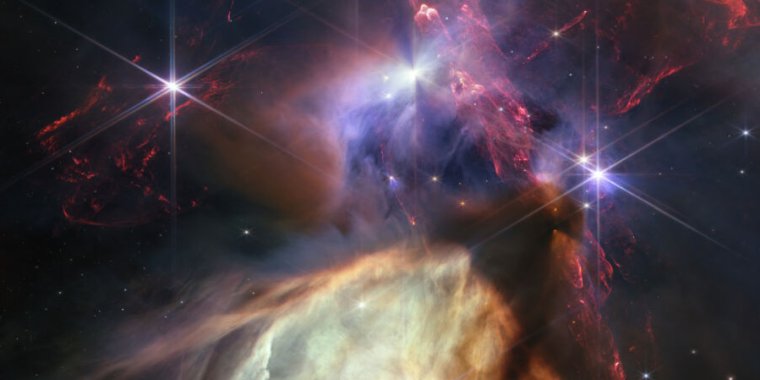
In a breakthrough in galactic archaeology, astronomers are using more detailed information to trace the origin of our galaxy, and to learn how other galaxies formed in the early stages of the universe. Using powerful space telescopes like Gaia and James Webb, astronomers can step back in time and glimpse some of the oldest stars and galaxies. Between Gaia’s data about the positions and motions of stars within our Milky Way and Webb’s observations of early galaxies that formed when the universe was still young, astronomers are learning how galaxies come together and making startling discoveries that suggest the early universe was much more crowded and bright than anyone had previously imagined. .
The oldest pieces of the Milky Way
In a recent paper, researchers using the Gaia space telescope determined Two streams of starsnamed Shakti and Shiva, each have a total mass of about 10 million suns, and are thought to have merged into the Milky Way about 12 billion years ago.
These streams have been around even before the Milky Way had features like a disk or spiral arms, and researchers believe they could be some of the oldest building blocks of the galaxy as it evolved.
“What is interesting is that we are able to detect these structures at all from such ancient times,” said lead researcher Khayati Malhan from the Max Planck Institute for Astronomy (MPIA). gravitational force, and essentially formed the proto-Milky Way.
This happened when the universe was still young, with the first galaxies forming only about 13 billion years ago. When these groups of stars were gathering together to form what would be the Milky Way, there was debate over whether the group they joined could be called a galaxy. While there is a broad gravitational requirement for a given mass of stars to hold together, there is no precise definition of when a cluster of stars can be called the beginning of a galaxy.
“When is a city a city?” said co-author Hans-Walter Rex, also of the MPIA. “That’s why there is no epoch in which the galaxy formed. It was a continuous process.”
The Milky Way as a test case
With so much to know about galaxy formation, it makes sense to start with our own Milky Way Galaxy as a test case. The Milky Way is a “very average galaxy,” Rex said. When compared to the rest of the universe, “half the stars live in larger galaxies, and half the stars live in smaller galaxies.”
What makes the Milky Way useful is that we have unique access to it, providing the ability to see individual stars within it. This means researchers can identify large clusters of stars that appear to have originated with similar ages and levels of heavier elements. Looking at each of these clusters allows them to trace how the galaxy is put together.
There are two main ways stars enter galaxies. In the first, there are large clouds of gas dispersed within an existing galaxy, and this gas condenses so that stars form within them. Alternatively, stars forming in a satellite galaxy can be pulled into the parent galaxy.
Today, we mostly see stars forming inside gas clouds, with about 90% of the stars we see today forming this way. But in the early universe, the satellite accretion option was much more important, as most stars from this period are thought to have formed into clumps that were then drawn into the nascent Milky Way.
To understand the history of the Milky Way, astronomers need to trace the origin of these clusters of stars and find out what attracted them to the galaxy we know today. “One of the big goals is can we reconstruct the early accretion events of these pieces together?” Rex said.
Using Gaia data, the researchers were able to select groups of stars with similar orbits located toward the center of the galaxy. It is located approximately halfway between Earth and the center of the galaxy, and exists in the form of a thick-walled torus that revolves around the center of the galaxy.
The researchers suspect that the two streams of stars they discovered were some of the final portions of the Milky Way that were absorbed during the satellite accretion phase, after which star formation within the galaxy became the primary driver of stars joining the galaxy. “It seems like Shakti and Shiva may have been the last step at that early stage, when it was mostly bits and pieces coming together,” Rex said.




More Stories
Boeing May Not Be Able to Operate Starliner Before Space Station Is Destroyed
Prehistoric sea cow eaten by crocodile and shark, fossils say
UNC student to become youngest woman to cross space on Blue Origin